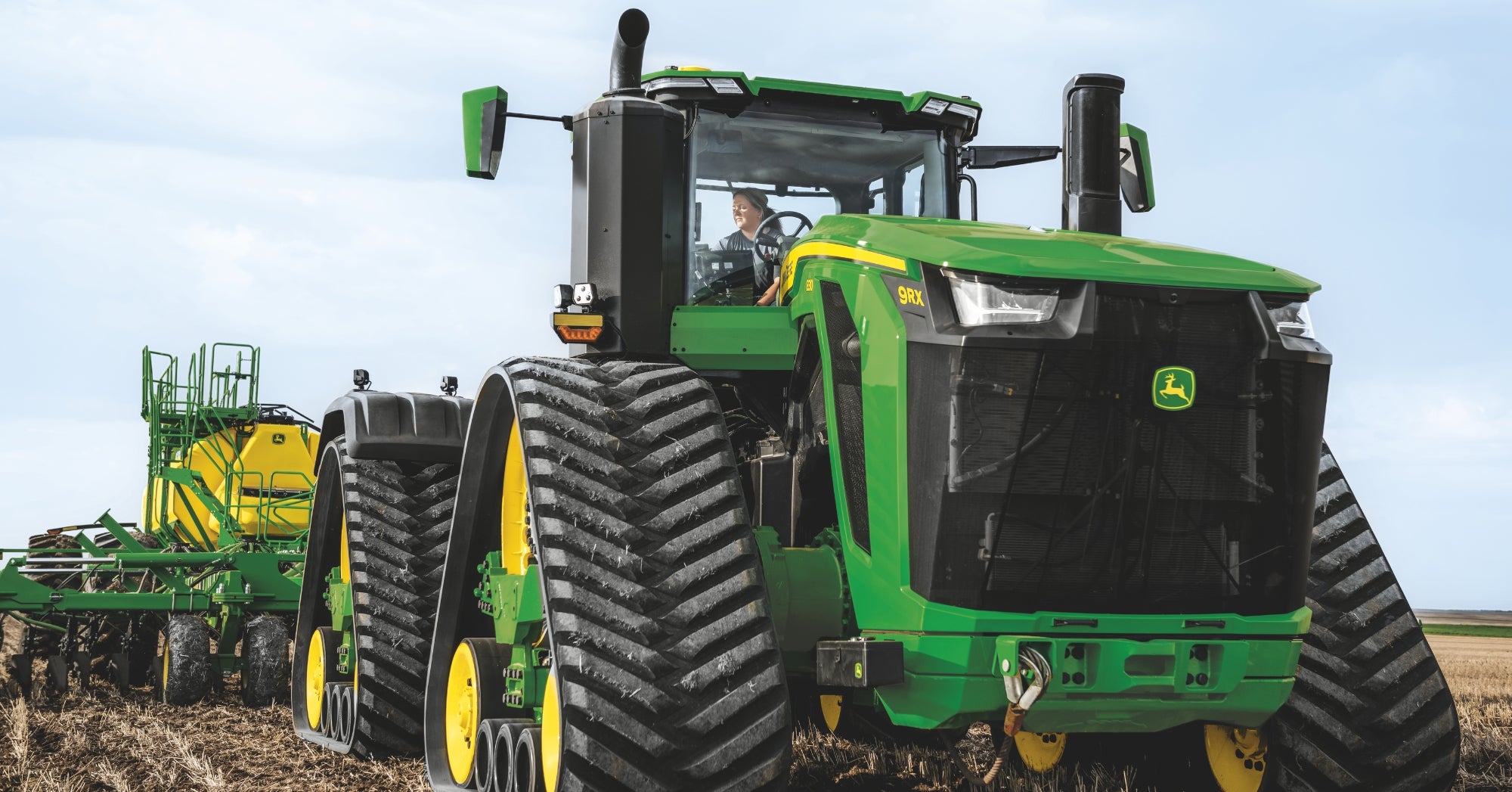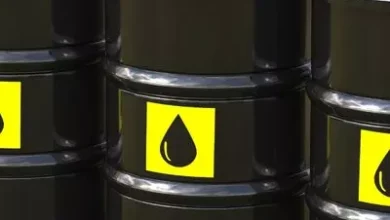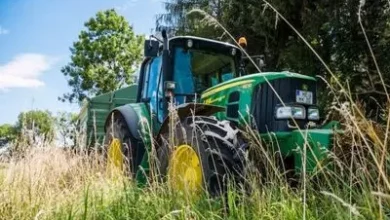Why Tractors Cost More Than Your House

A tractor is the essential machine to run a farm, and today’s tractors look a lot different from how they used to. Maybe you’ve driven by a farm and seen a fancy, shiny, new tractor and thought: “That thing probably costs more than my house.” Or maybe you’ve actually been the person who refuses to even guess the cost because you just know it’s going to be a lot.
If you’re one of those people, then you’d be correct! In the United States, it’s not uncommon for tractors to cost anywhere from $300,000 to $600,000 — and in some cases, even more! But why?
First, let’s look a little more at pricing. There are a lot of types of tractors, each of which serves a different purpose, and some are more affordable than others.
- Compact tractors range from about 25 to 50 horsepower and run about $15,000 to $40,000 in price. These are often used for landscaping or on a small farm.
- Utility tractors range from about 50 to 130 horsepower and cost about $30,000 to $100,000. These can bale hay, move snow, help you feed cattle, and do many other all-purpose tasks.
- Moving up in strength are row-crop tractors, ranging from about 140 to 400 horsepower and usually costing cost anywhere from $150,000 to $400,000. These serve important purposes on row-crop farms and can be used for such tasks as planting, tilling, or running the grain cart.
- The final category of tractors is four-wheel drive and track tractors. These are built for hard work ranging from about 380 to 800 horsepower and costing $400,000 to sometimes over $1 million. These are for large farms who need things done quickly and efficiently.


Keep in mind that these prices are estimates for a new tractor from top brands. They don’t include every tractor, and you can find exceptions to this.
Tractor prices can also go up from this, this is the range for base models. Adding advanced displays, autoguidance, and so many other technologies can raise the price quickly.
To put it in perspective, the median home price in the United States in May 2025 was $462,206. So one tractor can easily be more than this.
The reason tractors can cost so much is that new machines get you access to the latest technology, which can help increase yields, reduce input costs, and reduce your time spent working. Autosteer technologies drive the tractor on its own to guarantee accuracy, saving fuel, seed, fertilizer, and time. There are many data management systems that allow farmers to view real-time data that can help inform decisions. You can view grain weights, map your field to see coverage, see real-time crop moisture and other statistics, and do so much more. You can view just about every statistic you can think of.
These high-tech tractors can also be capable of variable rate technology. This practice involves planting or fertilizing (or applying other inputs) at different rates at different places across a field. This ensures that the right amount of seed is placed at all times, the same with fertilizer. Some places need more fertilizer while others need less. This practice increases yields while decreasing inputs. These newer pieces of equipment can also be equipped with ISOBUS, which is a communication protocol that is compatible with equipment from different manufacturers. There are lots of other benefits that can be gained with new equipment.


There are some other reasons for the high cost of farm equipment. One of those is brand reputation. Some farmers are extremely brand loyal, while others might be more flexible and purchase whatever equipment they feel best fits their operation — which means accumulating equipment of all colors. Buying certain brands gets you access to dealers and service centers with extremely qualified technicians who can add new equipment and additions, make any repairs, and give advice and guidance.
It also costs a lot to build a tractor. They are built strong and tough, so that they can last for years. Tractors are also large, so you can’t just get the right tires anywhere, which is also an example of some of the manufacturing and supply chain issues that tractor manufacturers face. Part of the cost also goes toward research and development — buying a high-tech tractor means investing in the future of the brand and its ability to continue keeping up with competitors and providing the latest in technology and advancements to help farmers.
If you’re wondering whether the cost really equals the benefits, that answer is yes. Even though there’s a high cost to some tractors, even a 1 percent to 2 percent gain in yield or efficiency can mean thousands and thousands of dollars of value for the farming operation, either through savings or more profits. If a farm is large enough, this is absolutely worth it. It can also mean less labor is required.
Other benefits to new equipment are warranties and a reduced need for maintenance, just like buying a new car. There’s also different options today, as getting access to new equipment doesn’t always require a purchase. Instead, farmers can lease equipment. This is also expensive, and farmers don’t end up with a product to show for the money they spent, but it can absolutely be worth it for the right farm.


Tractors aren’t a luxury, but a necessity that needs to work, day after day. Farmers don’t spend more on a tractor than a house just to have something shiny and new, it’s because farming today requires high-tech, durable, and advanced equipment. The next time you see a huge tractor driving along, know that there’s a lot more to it than horsepower — there’s advanced technology, engineering, and an entire way of life along for the ride.
Michelle Miller, the Farm Babe, is a farmer, public speaker, and writer who has worked for years with row crops, beef cattle, and sheep. She believes education is key in bridging the gap between farmers and consumers. Find more about Michelle on her website.




